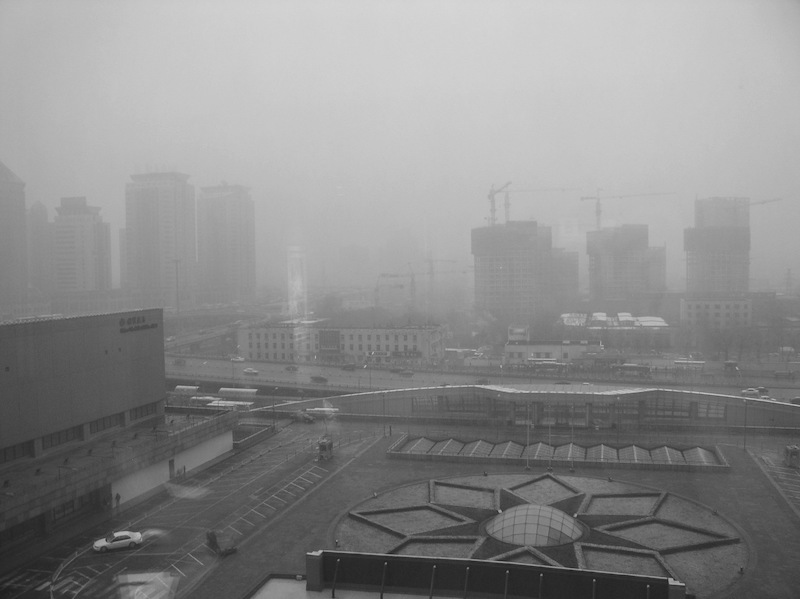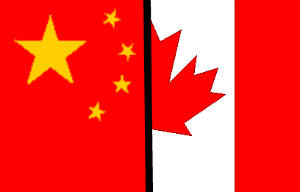2013 was referred to by Chinese citizens as the year of the “airpocalypse”, with approximately 62% of Chinese cities suffering from high air pollution levels. Chinese environmentalists issued their first “red alert” in 24 cities early January 2017 following dangerously polluted breathing conditions in Beijing. Air quality testers in China, which typically reflect “orange” or “medium-high” air pollution levels, demonstrated high risk conditions early January. This caused enough concern that officials closed down schools, factories and construction sites in 24 cities. In an effort to have citizens stay away from metropolitan areas where the smog filled air has been known to cause delayed or cancelled flights until visibility improves.
“Actually what’s happening in China right now is quite positive. [The red alert] is a sign of progress in the government understanding of how they should react and respond to these extreme conditions” says Greenpeace ambassador of China, Li Yan. He claims that the main reason for the smog is the high consumption of coal for energy generation in China, especially in the winter.
Global environmental health expert from Duke University, Dr. Jim Zhang claims that pollution levels are unbearable for people because of the type of debris in the air. According to air samples taken, the particles in the air are smaller than the size of a virus. The incredibly small size of the particles makes the debris easily delivered through nasal passages into the bloodstream. This also could mean that the particles could end up in the brain or other vital organs in the human body. Traces of metals in the smog filled air have also been connected to some cases of Alzheimer’s in people who are exposed to polluted air on a regular basis. Zhang notes that young people are at the highest risk of respiratory and cardiovascular problems in the long term. The pollutants in the air could also pose potential risks for cancer although a definite connection has not yet been found.
The high smog levels have led to a boost in the sales of air purifiers for the home and office, especially for people in the urban centres of China. The industry grew in value up to 3.5 billion yuan in one year. Dyson, a British technology company that specializes in bladeless fans and vacuum cleaners, alone experienced a 220% revenue increase in China simply due to the air purifier demand.
In order to combat dangerous pollution levels, China has developed a 5-year anti-pollution plan to improve air quality in 2017 which is primarily aimed at replacing coal in industrial operations with more sustainable energy generation methods. Policy makers estimate that the proportion of coal burned will drop down from 64% to 58% by 2020. The ministry of environmental protection also punished more than 500 Chinese companies and 10,000 car owners for counter anti-pollution efforts which resulted in US$35 million dollars of fines. Approximately 2.5 trillion yuan is being invested into improving conditions in China.
However, this anti-pollution regime is experiencing a lack of support from businesses due to the sudden, unexpected slowdown of economic growth. China’s economic growth is now down to 7%, and some cities are growing at even slower rates of 2%. “The unexpected economic slowdown and the prolonged global recession… is complicating efforts to convince people to put in costly pollution equipment and to think about energy-saving technologies,” says Harvard economist, Mun Ho. Since China decentralizes power away from governing bodies to provincial and local city officials, anti-pollutions efforts are struggling to take off on the lower levels. Economic growth has been taking precedent over environmental sustainability in Chinese cities.
This pollution problem has developed due to bad energy consumption habits over the years. In order for China to overcome this pollution issue, the entire country needs to move away from outdated energy production methods towards more technologically driven and sustainable forms of energy production, especially in the central industrial production hub of the world.
Photo: Beijing smog (2003), by Kevin Dooley via Flickr. Licensed under CC BY 2.0.
Disclaimer: Any views or opinions expressed in articles are solely those of the authors and do not necessarily represent the views of the NATO Association of Canada.



